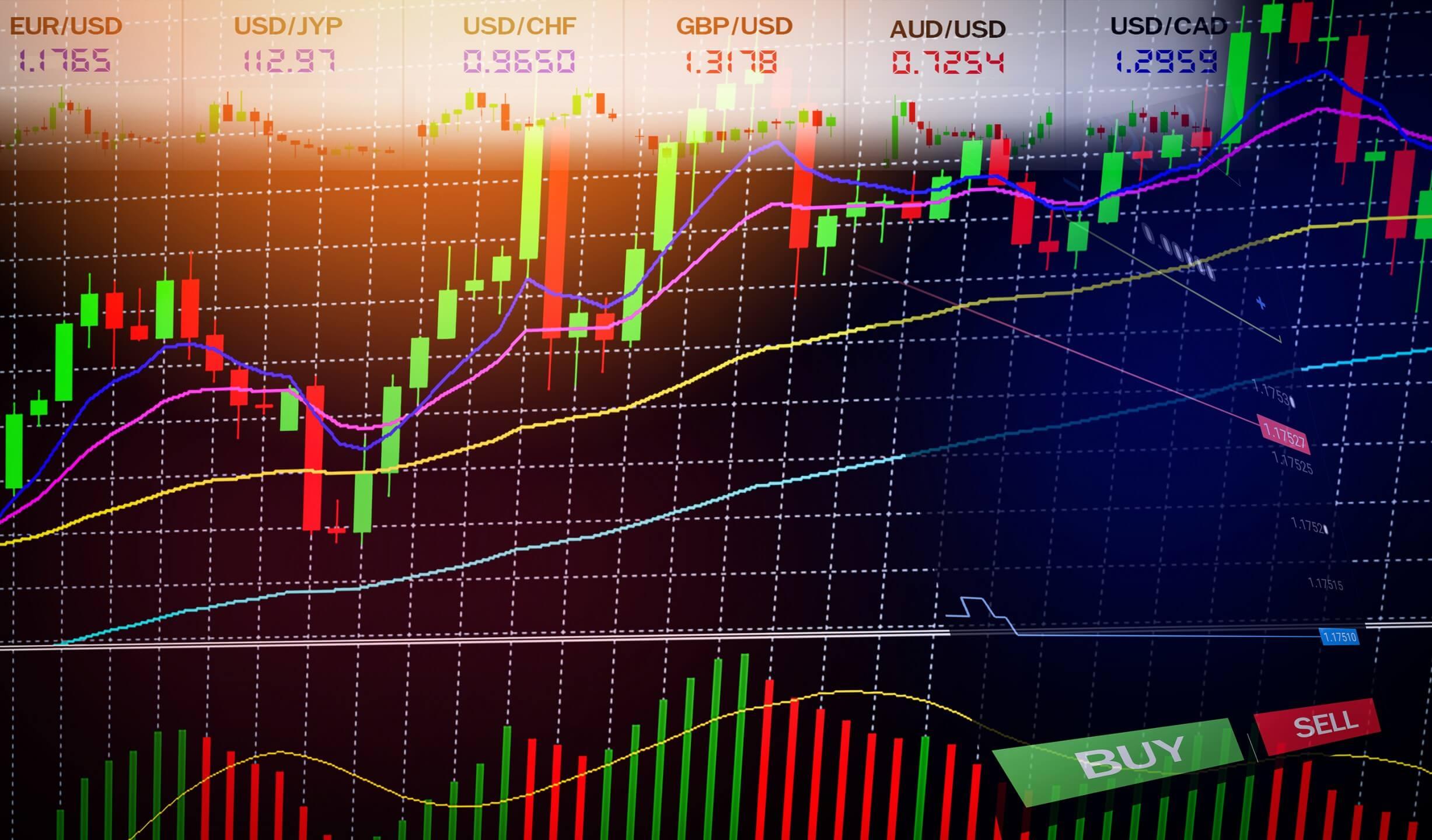Unveiling the Power of Forex Trading Indicators: A Comprehensive Guide

Forex trading, the global marketplace for currency exchange, is a dynamic and ever-evolving landscape. To navigate the complexities of this financial domain, traders often turn to various tools and strategies, with one of the most essential being trading indicators. These indicators act as invaluable guides, offering insights into market trends, potential entry and exit points, and overall market conditions. In this comprehensive guide, we delve into the world of forex trading indicators, exploring their significance, types, and how traders can effectively leverage them for informed decision-making.
The Significance of Forex Trading Indicators:
Forex trading indicators are mathematical calculations based on historical price, volume, or open interest data. They are designed to provide traders with a visual representation of market conditions, helping them analyze trends, identify potential reversals, and make informed decisions. By interpreting these indicators, traders aim to gain a competitive edge in the unpredictable world of forex trading.
Types of Forex Trading Indicators:
Trend Indicators:
Moving Averages: These indicators smooth out price data, revealing the underlying trend over a specified period. Traders often use simple moving averages (SMA) or exponential moving averages (EMA) to identify trend directions.
Average Directional Index (ADX): The ADX quantifies the strength of a trend, helping traders assess whether a currency pair is trending or consolidating.
Momentum Indicators:
Relative Strength Index (RSI): RSI measures the speed and change of price movements, indicating overbought or oversold conditions. Traders use it to identify potential reversal points Read More Here .
Stochastic Oscillator: This oscillator gauges the closing price relative to the high-low range over a specified period, aiding in identifying potential trend reversals.
Volatility Indicators:
Bollinger Bands: Bollinger Bands measure volatility by plotting standard deviations around a moving average. Traders use them to identify potential price reversals or breakout opportunities.
Average True Range (ATR): ATR gauges market volatility by measuring the average range between high and low prices over a specific period.
Volume Indicators:
On-Balance Volume (OBV): OBV combines volume and price movements to identify potential trend reversals. A rising OBV suggests buying pressure, while a falling OBV may indicate selling pressure.
Chaikin Money Flow (CMF): CMF analyzes the volume flow to assess buying and selling pressure, helping traders anticipate potential price movements.
Leveraging Forex Trading Indicators Effectively:
Understanding the Market Context:
Traders must consider the broader market context when interpreting indicators. A trend indicator might be more effective in a trending market, while a range-bound market may require different tools.
Avoiding Redundancy:
It's crucial to avoid using too many indicators that provide similar information. Redundant indicators can complicate analysis and lead to conflicting signals.
Combining Indicators:
Traders often find success by combining different types of indicators to validate signals. For example, using a trend indicator alongside a momentum or volatility indicator can provide a more comprehensive view.
Backtesting Strategies:
Before implementing any trading strategy, it's advisable to backtest it using historical data. This helps assess the effectiveness of indicators under various market conditions.
Conclusion:
In the dynamic world of forex trading, indicators serve as indispensable tools, offering traders valuable insights into market conditions. However, it's crucial to approach their use with a nuanced understanding, considering market context and avoiding over-reliance. As traders continue to refine their strategies, forex trading indicators remain a powerful ally, providing the analytical edge needed to navigate the complexities of the global currency markets.
- Art
- Causes
- Crafts
- Dance
- Drinks
- Film
- Fitness
- Food
- Juegos
- Gardening
- Health
- Home
- Literature
- Music
- Networking
- Other
- Party
- Religion
- Shopping
- Sports
- Theater
- Wellness
- IT, Cloud, Software and Technology


